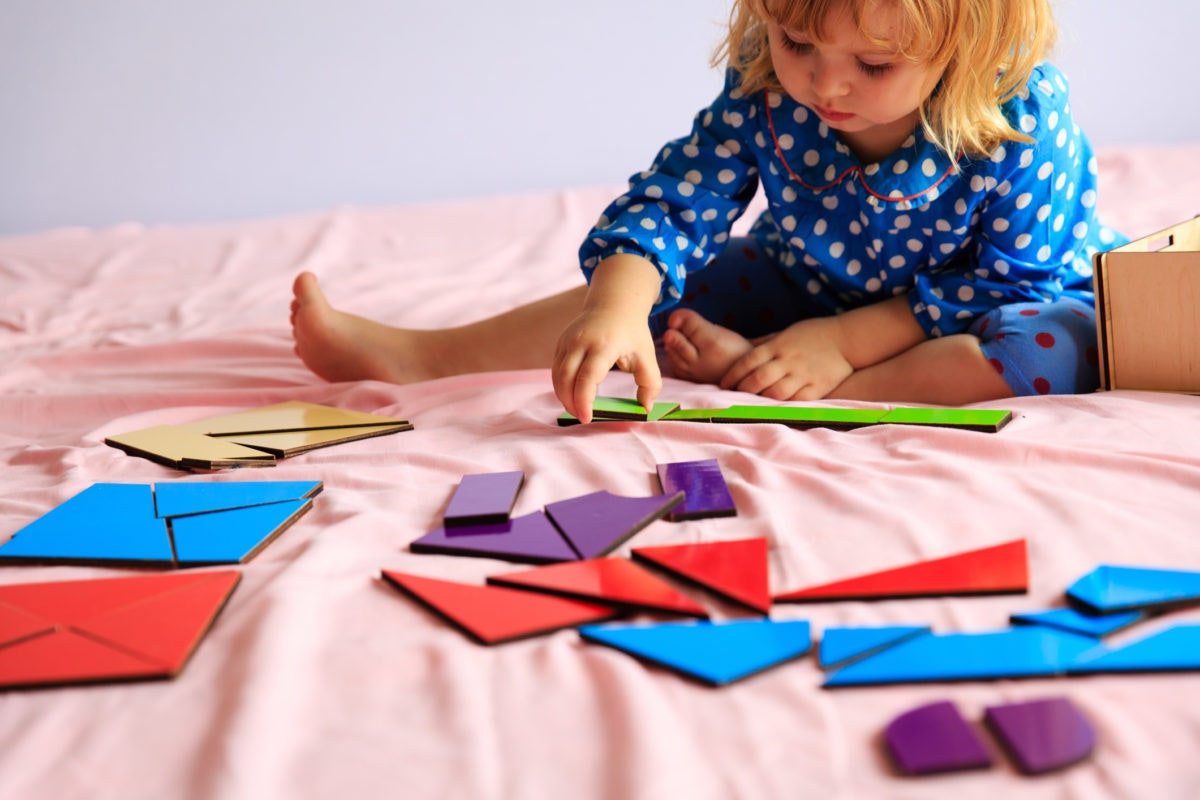Ask my son what happens when you watch too much TV and he’ll be straight with you: “Your brain turns into mush.”
You can thank me for that one.
Back when he was still in my belly, I read the parenting book, “Brain Rules for Baby by John Medina”, and drilled the following phrase into my brain: “Face-time, not screen-time” (and I don’t mean FaceTime).
Medina explains that babies and toddlers need face-to-face interaction in order to form healthy social, emotional, and cognitive skills. This made total sense to me, so I resolved to wait as long as possible before exposing my son to TV or letting him get his hands on a tablet.
After waiting the recommended two years – okay, fine, it was 18 months – I began allowing him to view a little bit of TV at a time, just so I could get something – anything – done. As he grew older, that amount increased and the type of screen-time expanded, but so did my guilt and concern over it.
“Face-time, not screen-time,” a little voice whispers in my ear each time my son reaches for the remote or gleefully plays the Nick Jr. app on my husband’s iPad (reserved for extra stressful situations). But, another voice tells me to let it go, because I really have to nurse his baby brother or cook dinner or get us through airport security (read: extra stressful situation). And besides, he’s four now, so more than a little screen time won’t hurt…right?
Some recent research has found that, around age five, certain media activities may even help children learn. But can the skills they learn from a screen be useful in real life? In 2016, Joanne Tarasuik, a researcher at the Swinburne University of Technology in Australia, set out to answer that question with a study that looked at how Australian children between the ages of four and six solved the same puzzle using a touchscreen tablet version and a tangible, wooden version.
She and her team found that children could indeed transfer skills they learned from working on the virtual puzzle to solving the physical one, demonstrating that screen-based skills were translatable to the real world – although in the age of smartphones and Facebook it can be hard to know what’s real anymore.
Because that finding contradicted most of the research that had come before it, the team decided to replicate their study using a different group of children from a different culture for reliability purposes. In the repeat study, recently published in the journal Frontiers in Psychology, Tarasuik and her colleagues teamed up with researchers in Croatia and studied a group of Croatian children using a puzzle called the Tower of Hanoi, made up of wooden pegs and discs.
The children tackled the puzzle using the tablet version and/or the wooden version. Researchers measured the amount of time and number of moves it took for the kids to complete the puzzle. They observed whether practicing on the device enhanced the children’s performance on the wooden version.
According to Science Daily, “The children all needed a similar number of moves to complete the wooden puzzle, regardless of whether they had practiced using the virtual puzzle, the physical puzzle, or a combination of the two. From the first to final attempt at the puzzle, all the children also improved their speed,” thereby replicating their original finding that four- to six-year-old children can take knowledge gained from a screen-based activity and apply it in a new, physical, practial context.
Clearly, not all screen-time is created equal. Researchers hypothesize that passive screen-time, like watching a video demonstration, will lead to different learning outcomes for children than engaging in an interactive app. The results of this study suggest that certain media activities can provide children with valuable learning experiences, teaching them problem-solving strategies that have real-world implications. It also shows how further research on the learning value and real-world applicability of touch-screen technology for children of different ages could be beneficial.
While it’s clear that we need more information on this important topic and I’m not about to let my son ‘go to town’ with the TV or the tablet, I guess I should admit that not every screen will turn his brain to mush.
But those YouTube videos of people opening toys and Easter eggs will.



